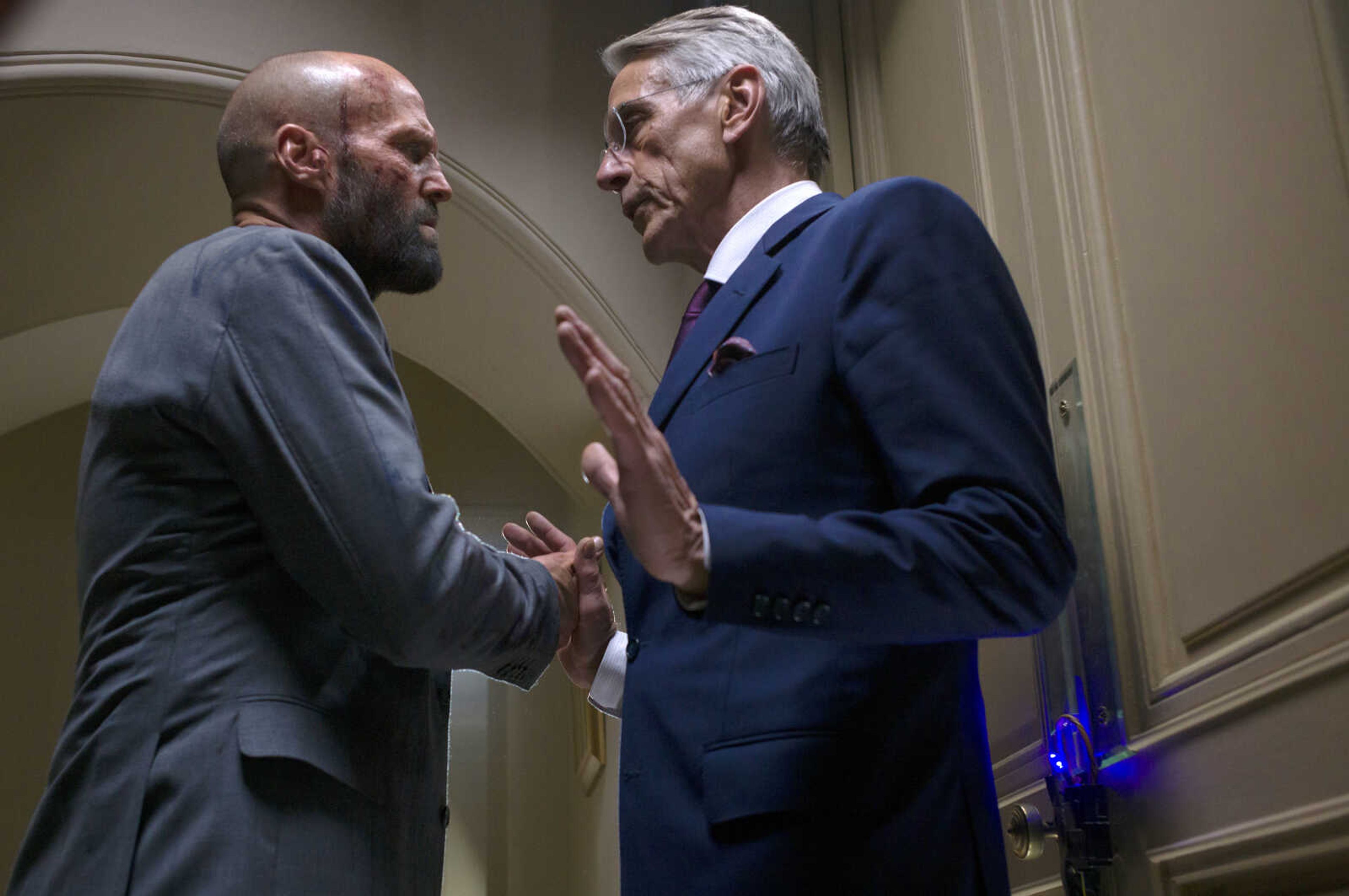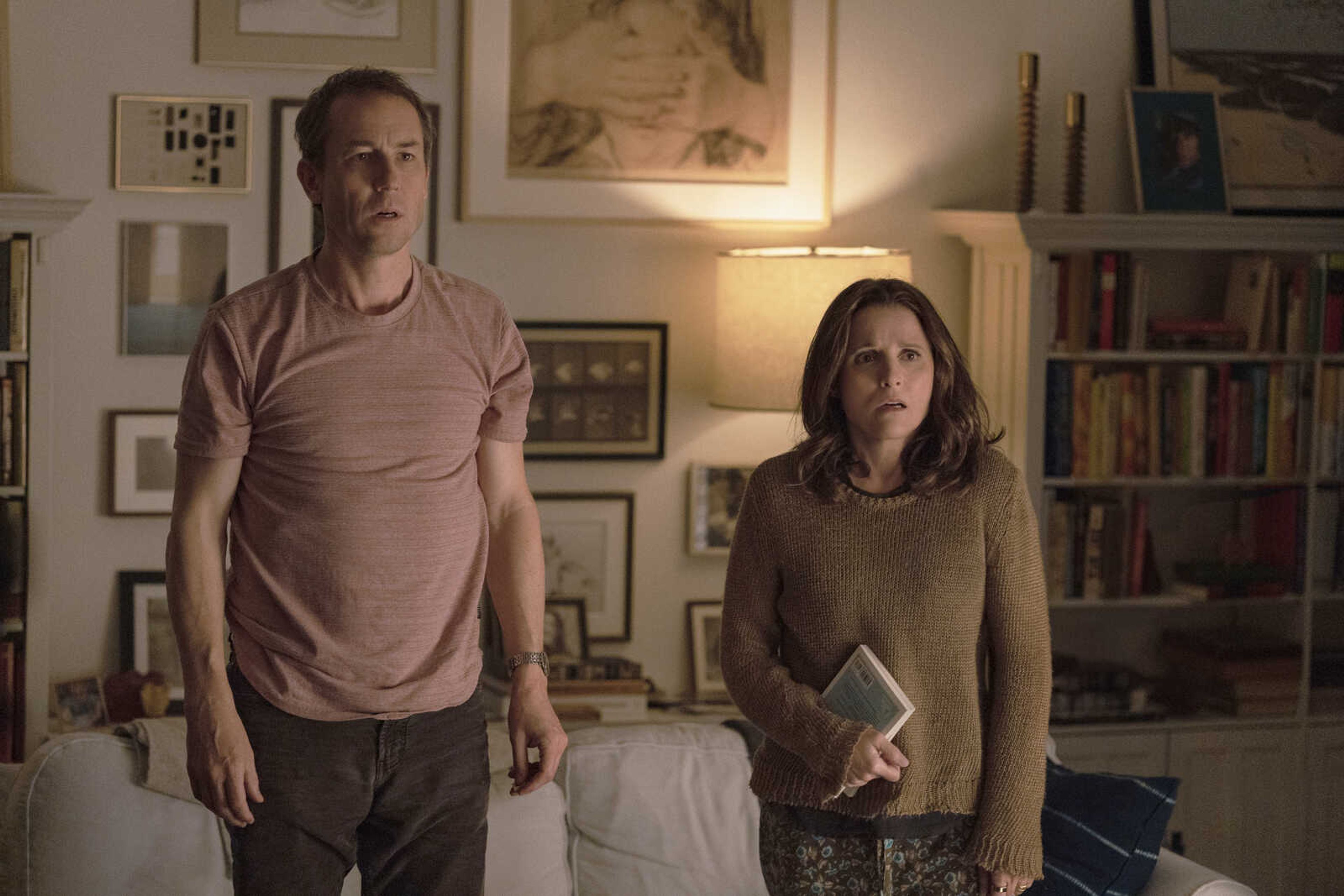Illustrations of Barry Moser on display at University Museum
one of the 231 wood engravings in his "The Pennyroyal Caxton Bible," Barry Moser placed the crucified Christ in the background while two soldiers in the foreground smile obscenely. In one of his illustrations for the book "The Wonderful Wizard of Oz," Barry Moser envisions the King of the Winged Monkeys not winged himself but piloting a fanciful flying machine...
one of the 231 wood engravings in his "The Pennyroyal Caxton Bible," Barry Moser placed the crucified Christ in the background while two soldiers in the foreground smile obscenely. In one of his illustrations for the book "The Wonderful Wizard of Oz," Barry Moser envisions the King of the Winged Monkeys not winged himself but piloting a fanciful flying machine.
Illustration for children's books often are saccharine, says Dr. Stanley Grand, director of the University Museum at Southeast Missouri State University. Moser's are not.
"It's not the usual and predictable view," Grand says.
Sixty-three illustrations drawn from his books are now on display at the University Museum in an exhibition titled "Literary Journeys/Classic Texts: The Illustrations of Barry Moser."
The originality of his vision and his appreciation for the tradition of grotesqueries have made Moser one of the country's top book illustrators. He has illustrated more than 250 books, including such classics as "Alice's Adventures in Wonderland," "Moby-Dick" and "The Adventures of Huckleberry Finn." He is considered America's foremost wood engraver.
Children in two workshops to be presented at the museum this summer will use the exhibition to learn more about illustrations and their effect on how literature is understood.
Andrea Morrill, the museum's curator of education, will teach the workshops. She plans to ask the children to make their own sketches based on passages from books.
It's not as simple as it sounds, Grand says.
"You have to pick a moment to illustrate. As soon as you privilege an instant in the paragraph, that becomes more significant. It can be more psychological or physical."
How children interpret books is heavily affected by the illustrations they contain, Morrill says. "It really opens up kids' imaginations."
The museum asked Moser's daughter, Cara, to select some of his work for the exhibition based on the theme of journeys. The exhibit includes illustrations from 17 books, many stories about journeys, whether Alice's or Huck Finn's or Dante's.
His exhibition also is an inventive way to introduce children to classic literature. Classic stories, from the myth of Ariadne to Huck's travels down the Mississippi, are archetypal, Grand says. "They continue to be relevant. These stories have become symbolic ways for people to talk about their own feelings."
Moser is known as a learned man who has a penchant for putting his own spin on the classics. L. Frank Baum wrote "The Wizard of Oz" at the beginning of the 19th century. Morrill said Moser's decision to put the Monkey King in an aircraft reflects the early 20th century fascination with the invention.
Wood engravings, as opposed to woodcuts, are made from the end grain of the block. The grain enables the art to achieve more precision.
The artist takes great care in choosing the typefaces and paper quality in his books. "He's not just an illustrator. He's a book designer," Grand said.
The 400 copies of the original limited edition of Moser's Bible sold for $10,000 each. A trade publication also is available for $50.
335-6611, extension 182
Connect with the Southeast Missourian Newsroom:
For corrections to this story or other insights for the editor, click here. To submit a letter to the editor, click here. To learn about the Southeast Missourian’s AI Policy, click here.









